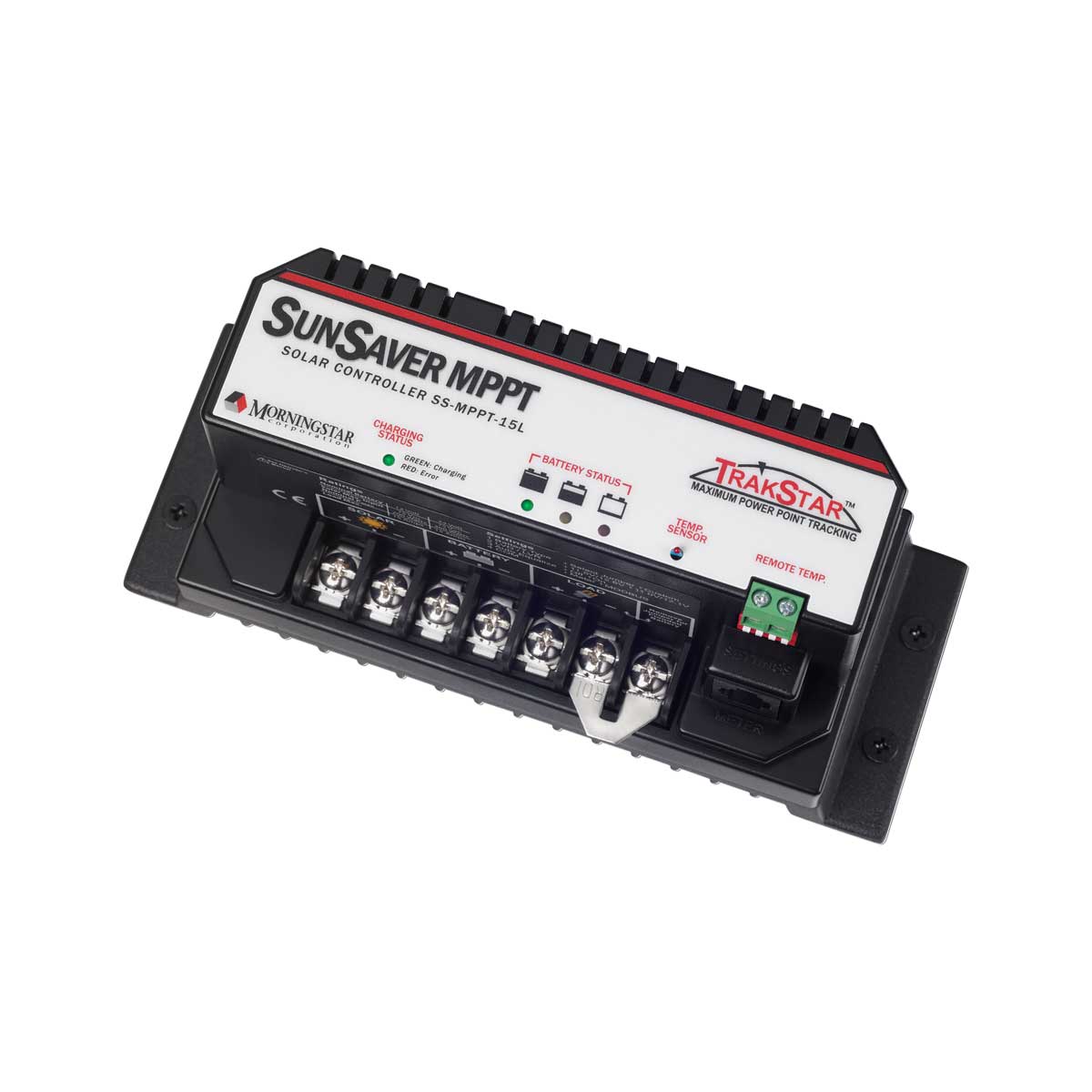Hello, and I'll apologize in advance if this question is obvious to most of you. I did some searching and didn't find an obvious answer.
I'm setting up a remote security monitoring system for my boat (I live an hour from where it is moored) so I set up a very simple configuration: 1 50 watt panel, a cheap controller rated for 20amps, a 15ah battery, and an inexpensive 12v webcam (Wifi available at marina for connectivity / stream).
All is well for the most part and I'm happy with my little science project - but first problem that I discovered was that cam would eventually drain down batter below a point (sub 10v) that the solar controller would no longer recharge it. Apparently this is to prevent battery damage - makes good sense. So...I put a circuit between the batteries and the cam that will drop power to the camera if the battery drops below 11v. Then the controller (when sun comes up in the morning) is happy to recharge the battery again.
I was struck by the fact that this must be a super common issue in panel > controller > battery > load equations, and I was frankly surprised that my Controller didn't manage this? And i really didn't see much in the way of the 'low voltage disconnect' in the retail market (sort of repurposed one from another science project).
Is it just me...or is this something that should be accounted for in any solar powered / battery system??
I'm setting up a remote security monitoring system for my boat (I live an hour from where it is moored) so I set up a very simple configuration: 1 50 watt panel, a cheap controller rated for 20amps, a 15ah battery, and an inexpensive 12v webcam (Wifi available at marina for connectivity / stream).
All is well for the most part and I'm happy with my little science project - but first problem that I discovered was that cam would eventually drain down batter below a point (sub 10v) that the solar controller would no longer recharge it. Apparently this is to prevent battery damage - makes good sense. So...I put a circuit between the batteries and the cam that will drop power to the camera if the battery drops below 11v. Then the controller (when sun comes up in the morning) is happy to recharge the battery again.
I was struck by the fact that this must be a super common issue in panel > controller > battery > load equations, and I was frankly surprised that my Controller didn't manage this? And i really didn't see much in the way of the 'low voltage disconnect' in the retail market (sort of repurposed one from another science project).
Is it just me...or is this something that should be accounted for in any solar powered / battery system??

Comment